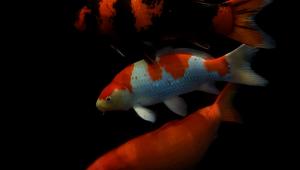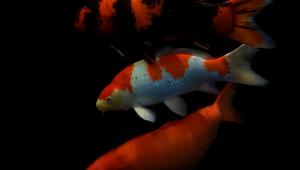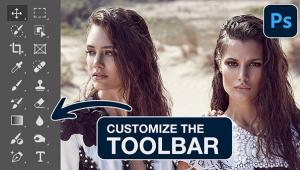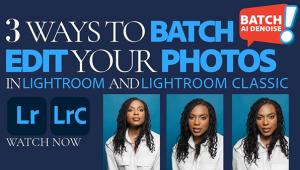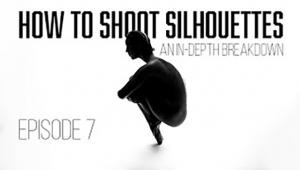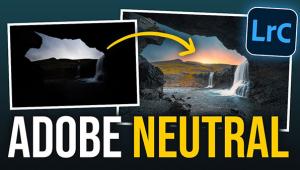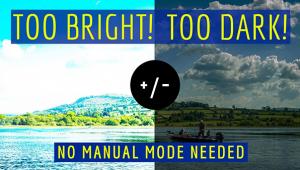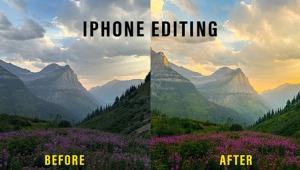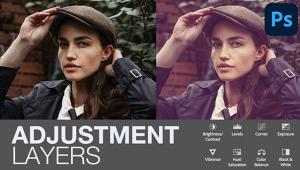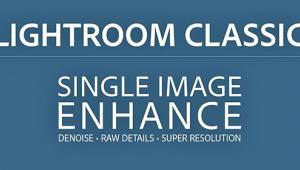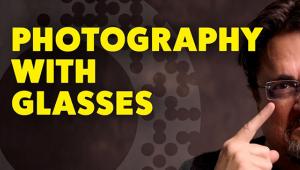Fill Flash Won’t Do?
Tips On Using Reflectors Outdoors
When fighting with the sun, your flash might not be powerful enough to fill in the deep shadows created by that large key light in the sky. Luckily, we have help in the form of reflectors which send almost all of the reflected light onto the subject. I will be referring to two types of reflectors here: the Flexfill (and its variations) and reflective (silver-sided) foam core.
The Flexfill (available under different brand names) is a flexible circular fabric that comes in various diameters as well as white, silver, or gold surfaces. By pointing your reflector at the sun, you can send fill light almost anywhere. Reflectors are small, inexpensive and often provide the needed “punch” to highlight your scene. In the examples that follow, I will describe which surface works best in various situations.
Before & After
Rhianna is sitting on a rock with a babbling brook in the background (#1). With the sun at her back as a natural backlight, her face is shaded because most of the illumination is from behind her—in this case the key light. The key light, no matter where it is, always serves as the main source of illumination. The ambient light around her is reflecting off other surfaces and provides some fill, but she still does not have enough light on her face.
 |
|
|
By using a silver surfaced reflector (the Flexfill), the same color temperature light will fill in the shadows on her face (#2). (A few things to note here: first, I chose the silver side of the reflector because a white side would have raised the color temperature and made her face blue, and the “bounce” of the white surface would not travel far enough to reach her face. If I had selected the gold side that would have lowered the color temperature and made her face more orange. Because her skin is paler, the natural silver is the best choice. Tan skin would require the opposite.
 |
|
|
Second, be careful when using a reflector outdoors because you are basically repositioning the sun’s rays onto someone’s face—usually causing squinting. When adjusting the reflector to get the proper lighting, tell your subject to close his or her eyes while you make the necessary adjustments. If not, the subject’s eyes will water and it puts the subject into an uncomfortable position.
There is another thing to be aware of and that is the size and placement of the reflector. Obviously, the larger the reflector the more light will reflect onto your subject. Closer placement will make the light brighter and moving back will lessen the effect. Experiment with the reflector placement to choose the best location. I prefer the Flexfill here because you can twist and bend it to send the light where you wish.
This is where it is helpful to have an assistant because it is difficult to wrangle a reflector and operate the camera. The sun is constantly moving so you must be constantly moving the reflector to catch the light.
A fill flash could also be used here but the output would need to be changed (an on camera flash is rarely powerful enough to reach distances over 8 ft) and a reflector is easily adjusted to put the light exactly where you desire it. Photos (#1 and #2) share the same exposure; the reflector just helped fill in the shadows.
Shade Vs. Reflector White Balance
When a subject is backlit or in the shade there’s a chance that a blue cast will fall onto the face. Note the blue cast on the face and the correction by the long throw of the reflector’s silver side (#3 and #4).
 |
 |
||
|
|
Reflector, White Side
When working in close proximity to your subject, the white or bounce side of the reflector is more pleasing to the eye, yielding a softer light. Bounce light absorbs most of the illumination, sending only a portion back to the subject. In this case (#5) the light is soft because the camera is close to the subject.
 |
|
|
To eliminate backlighting all together, moving the white side of the reflector within 5 ft of the subject will bathe them in soft, diffuse light (#6). If you desire the opposite effect, use the Flexfill or foam core as a “flag” to totally block the sun. This will put your subject in the shade and create a backlighting scenario if your “sun blocker” is not large enough. If this is the look you desire, foam core is the best choice because of its size.
 |
|
|
Controlling Color
The white side of the reflector added a cooler color temperature to Jeana’s skin tone—subtle, but still there (#7). By flipping to the silver side of the reflector, her skin tone becomes warmer and more natural (#8). If I had used the gold side, the skin would be warmer still—too warm or orange. Notice too, that just the color temperature of the skin tone changes, not the color of the grass or weeds behind her. This is because the throw of the reflector falls off rapidly and because the skin color is lighter and reflects the warmer tone. I find the foam core most useful in situations such as this where you are close to the subject and need shade or reflective capabilities.
 |
 |
|
|
||
Chuck Gloman is the program director of the TV/Film Department as well as a member of the faculty at DeSales University. He may be reached at chuck.gloman@desales.edu.















